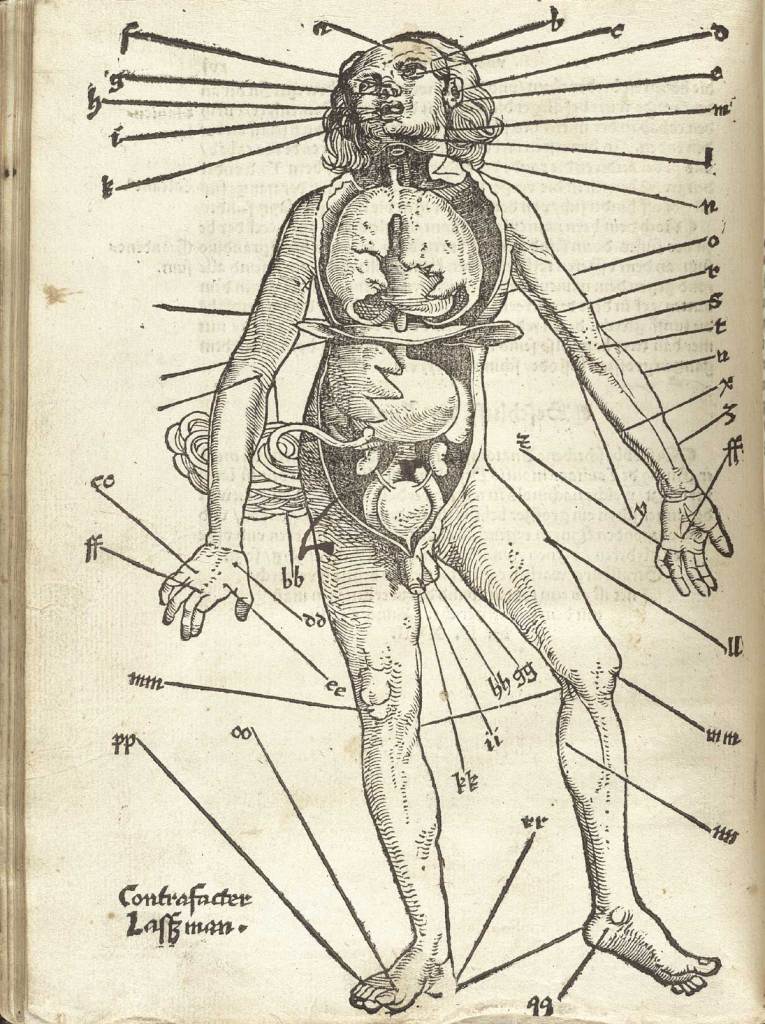Why accurate translation and skilled editing are important:
Bloodletting was a common practice in medieval medicine and did not die out until the nineteenth century.
The practice was encouraged by the belief that the excellent Greek physicians Hippocrates and Galen practiced it. Most phelobotomists followed the Persian genius Avicenna‘s editions of the Greek texts, which stated that the bloodletting was to be administered from the side of the body opposite to the disease’s location.
Along came Pierre Brissot (1478-1522), whose reading of the Greek texts argued that the bloodletting was to be carried out on the same side as the illness.
Huge controversy among the phlebotomists! Same side or opposite? This text or that?
The “revulsive” bleeders (opposite side) asked by what right upstarts like Brissot challenged the centuries-old interpretations. The “derivative” bleeders (same side) wondered through what incompetence the original texts were altered.
Name-calling ensued, much of it in the name of the infallibility of the Greeks. Noted Jacobus Sylvius (1478-1555) of Hippocrates and Galen: “they had never written anything in physiology or other parts of medicine that was not entirely true.”
Still, the improved attention to the Greek texts did increase the accuracy of editing and translation and the bitter arguing sharpened logical skills and forced some experimenting.
[The image is Hans von Gersdorff’s (ca. 1455-1529) illustration of the appropriate places for phlebotomists to practice their art.]
Related: Why the philosopher John Locke — who graduated as a medical doctor — argued that education must be modernized and liberalized. In the Philosophers, Explained series.
